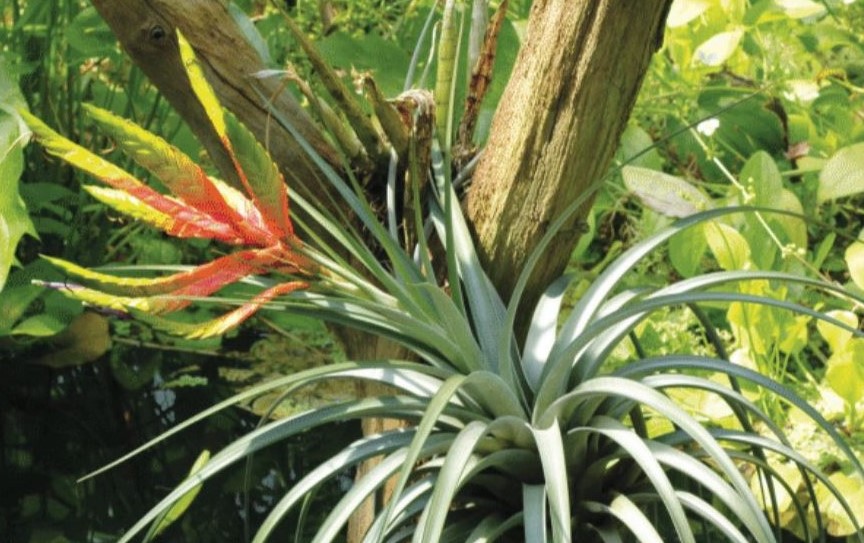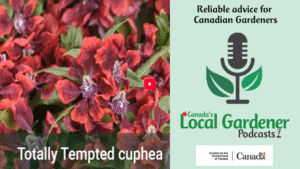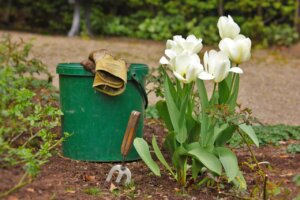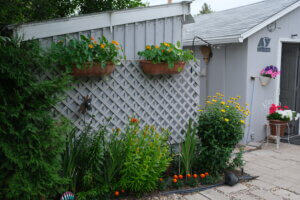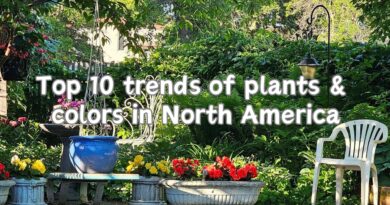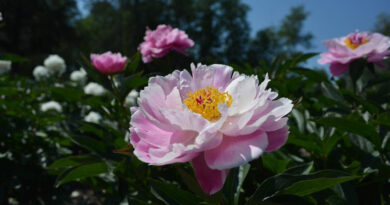Living on Air and Water: Tillandsia
Along with the luscious succulents this year comes Tillandsia, the plant that virtually lives on air and water.
Tillandsias are members of the Bromeliad family, known for their fabulous flowers and their remarkable water storage capacities. The genus Tillandsia has about 540 species and is found only in the Americas: the southern United States, Mexico and Central and South America.
So what are they, exactly? Well, most look like little succulents, but they don’t have any need for soil. While they usual-ly perch on trees or sometimes on cactus or even on rocks, they are not parasitical in that they don’t feed off their hosts. They really do take their nutrients and water from the air.

They can do this by means of cells in their specialized trichomes, the base of the hairs that cover their leaves. While many plants have trichomes, no others have the capacity for wicking moisture from the air in the way that Tillandsias do. When moisture touches the leaf, it spreads to the trichomecells where the water is sucked up through the process of capillary attraction. Capillary attraction is the ability of a liquid to flow into narrow spaces without the aid of and sometimes despite the opposition of gravity.
These remarkable plants make wonderful house and garden pets. While they do need to be watered when grown indoors, the watering is only a matter of a quick shower under the tapa couple of times a week. And most get the loveliest flowers if your treat them to a 0-10-10 fertilizer in the water you give them in early spring. A general balanced fertilizer (20-20-20) is fine for the rest of the time but dilute it to 25 per cent strength.
Tillandsia can be used in creative decorating both indoors and outdoors. Glue or wire them to a piece of wood, stone, coral, glass – whatever (as long as it’s not bare copper wire).Some people have an urge to put them in pots, but honestly, they don’t appreciate this and if you try to put them insoil, you will just rot the roots. They live on water from the air, remember? They look most natural perched on a pieceof driftwood or a stone, but you can make some dreamy creations with glass, too. They are often arranged in glass balls and hung. Tillandsias make artistic centrepieces for a dinner table or stick them like starfish on a net. They would make an ideal living wall, too. A Tillandsia boutonniere will never wilt over the course of a day.
Some Tillandsias (Tillandsia bulbosa) have bulbous bases, which are hollow and are sometimes colonized by ants. But the species most often found here have dry roots.
There is one Tillandsia that is often found potted in a loose orchid type mix and this is the one commonly called pink quill (Tillandsia cyanea). Even though it doesn’t mind being anchored this way, it still feeds through its leaves rather than through the roots.
Incidentally, another fascinating Tillandsia is Spanish moss, which is not a moss at all. This air growing plant drapes itself romantically around the branches of trees in the old South, showing a preference for southern live oak, but it will also colonize bald cypress and other trees as well. Spanish mosshas been used for everything from auto seat padding (in the early part of the last century) to home insulation and packing material – not to mention as padding for voo-doo dolls!
Have some fun with Tillandsias this year.



